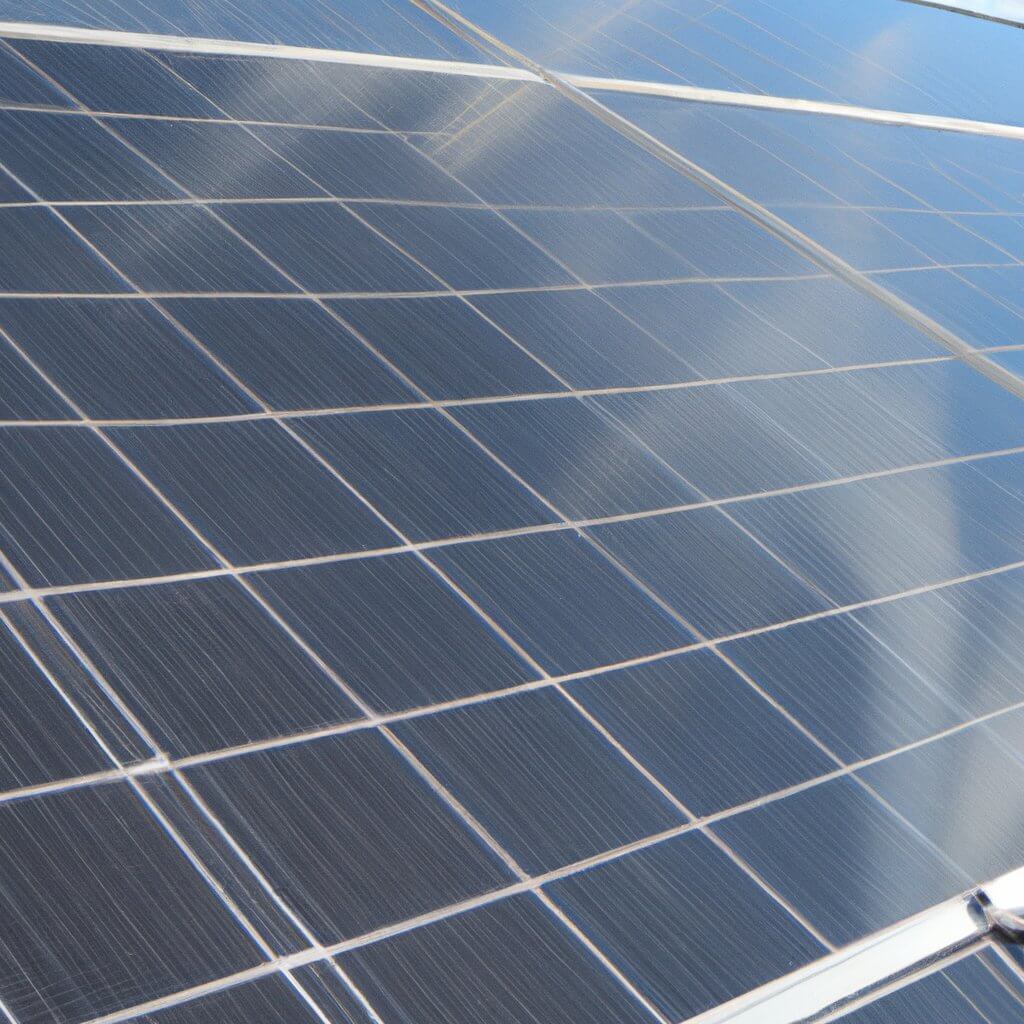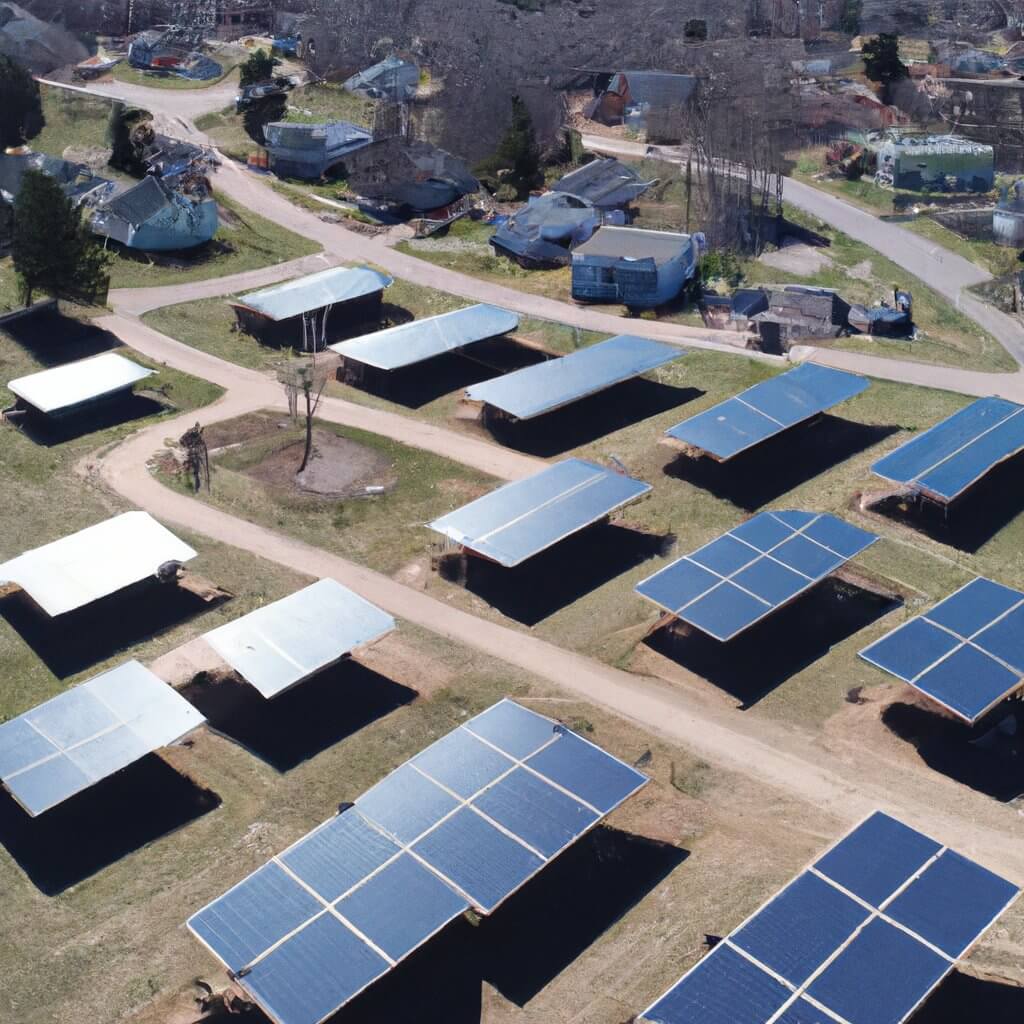- Home
- How to Use Solar Energy At Home
- How to Get Free Solar Panels From the Government
how to get free solar panels from the government-Save Money and Go Green
With the rising costs of electricity, many people are looking for ways to make their homes more energy efficient. Solar energy is an increasingly popular way to do this, with homeowners using solar panels to generate their own electricity.
But what many people don’t know is that there are programs available to help with the cost of installing solar panels. Through the government’s solar panel incentive programs, individuals and families can get their residential solar panels for free.
In this blog post, we’ll explain how to take advantage of these programs and get free solar panels from the government. We’ll go over the eligibility requirements, discuss the available incentives, and provide step-by-step instructions on how to apply for the programs. By the end of this blog post, you’ll have a clear understanding of how to get free solar panels from the government.
1. Understand the financial and environmental benefits of solar panels

Before you apply to the government for free solar panels, it is important to understand the financial and environmental benefits of installing solar panels. Solar panels are a long-term investment, offering a significant return on investment in the form of reduced electricity bills and credits from the utility company.
Additionally, solar panels produce clean energy, reducing your home’s carbon footprint and helping to protect the environment from the harmful effects of burning fossil fuels. Therefore, understanding the financial and environmental benefits of solar panels may help you make a more informed decision when you are considering a solar installation.
2. Research local, state, and federal incentives
Researching local, state, and federal incentives is an important step when considering how to get free solar panels from the government. Depending on your area, there may be generous tax incentives, rebates, or other subsidies for installing solar energy.
At the federal level, the Solar Investment Tax Credit can provide a credit of up to 26% of the cost of a solar system. Additionally, some states, counties, and cities offer additional incentives. It’s important to carefully assess all the various incentives available and determine whether they are applicable to your situation and eligibility.
3. Determine if you are eligible for financial assistance
Before you begin the process of applying for government-funded solar panels, you should determine if you are eligible for financial assistance. You may qualify if you meet certain criteria, such as being a low- or moderate-income family, having a qualifying disability, or owning a qualifying property.
Additionally, specific programs may have additional requirements, such as the location of your home or your family size. After you have reviewed the criteria for the various programs, you can decide if you are eligible for financial assistance.
4. Check with your utility company for any special offers
Before diving straight into your search for free solar panel options, it is wise to check with your utility company for any special offers. Utility companies may have subsidies, grants, tax credits, or other incentives for solar panel installation that you may be eligible for. Taking advantage of these offers can help you to save money on your investment in solar energy.
5. Investigate local solar installation companies
Once you have decided to install solar panels, the next step is to investigate local solar installation companies. Reach out to these companies, ask for quotes, and compare the offers. Do your research on the company’s reputation and the quality of their work.
You may also want to look into any special discounts they are offering, as well as any local or state incentives that could help defray the cost of installation. Some companies may even offer free panels or free installation, though this is rare.
6. Look into community solar programs

For those who are interested in renewable energy options but are unable to install solar panels on their own property, local community solar programs may provide a viable opportunity. Community solar programs allow participants to purchase a share of a larger solar array that is located in a central location.
These programs can be found through state and local governments, utilities, and non-profit organizations and offer a variety of incentives to participants, such as reduced electricity bills, free solar panels, and additional income from the sale of excess electricity. In order to determine whether a community solar program is available in your area, it is best to contact your local government for more information.
7. Inquire about solar loans
The government offers many solar loan programs for homeowners looking to install solar panels on their homes. These loans often have a low-interest rate and can be used to cover the cost of installation, which can be a major financial hurdle for some homeowners. Make sure to research all available solar loan options before making a decision.
8. Look into solar tax credits and deductions
One way to get free solar panels from the government is to look into solar tax credits and deductions available in your area. Many states and local governments offer tax credits or deductions to those who install solar power systems on their property.
These credits or deductions can be used to offset the cost of purchasing and installing solar panels. In addition, some states offer solar rebates to eligible customers. It is important to research the solar tax credits and deductions available in your area, as well as any applicable solar rebates, to ensure you take full advantage of the benefits available to you.
9. Consider net metering options
In order to get the most out of your investment in solar energy, you need to consider net metering options. Net metering allows you to roll back your energy meter when you’re producing more electricity than you’re using.
This means that you can sell excess electricity to your power company and receive a credit on your bill. Be sure to check with your local utility company to find out what net metering options are available and what the benefits are.
You may also like the types of appliances that qualify for energy tax credit.
10. Contact your local government and ask about free solar panel programs
The tenth and final step in the process of obtaining free solar panels from the government is to contact your local government and ask about the availability of such programs. Most local governments offer programs that can help you save money by reducing the cost of installation and maintenance of solar panels.
Research your local laws and regulations, or contact your local government officials to learn more about how to apply for and receive these programs. Additionally, you may find information about renewable energy incentive programs and other financial assistance programs offered by your state and local government.
How to Qualify For Government-Subsidized Solar Panels?
Qualifying for government-subsidized solar panels can be a complex process. First, potential installers must determine whether they meet the financial eligibility requirements, as set by their local jurisdiction or state government.
Generally, this means demonstrating that the installing resident or business is below the median income in the region. Once that has been established, residents and businesses must then find an approved installer or contractor who has successfully completed all necessary training and certification courses. This is a critical step to ensure that the solar system will be installed correctly and efficiently.
Finally, applicants must demonstrate that they have the roof space and access to sunlight to make solar installation worth the investment. Collectively, these steps are necessary to take advantage of available grants and support from government subsidies for the installation of solar panels in your home or business.
The Different Types of Solar Incentives Offered by the Government
The Government offers a wide range of financial incentives for installing solar energy systems. Performance-based incentive (PBI) programs are offered in some utility areas, paying homeowners a specified amount per kilowatt-hour (kWh) produced.
These PBIs can cover up to 100% of the total installation costs, although they usually decrease over time as system production levels increase. In other areas, Solar Renewable Energy Credits (SRECs) are offered, which provide credits for each megawatt-hour (MWh) of electricity produced by solar energy systems.
SREC programs allow States to meet their renewable energy goals in the most cost-effective way, making them an attractive option for those looking to reduce their electricity bills and help the environment. Homeowners can maximize their savings by taking advantage of applicable local, state, and federal incentives for installing solar energy systems.
Solar Incentives for 2023
We have exciting news for solar energy enthusiasts: the much-anticipated solar incentives for 2023 are here! Thanks to the newly-signed Inflation Reduction Act of 2022, you can take advantage of a 30% tax credit on your solar panel installation and other solar energy expenses immediately.
This is higher than the originally-scheduled 22%, so now you can save even more money when investing in renewable energy. Not only will you be able to save money upfront, you'll also be rewarded year after year with lower electricity bills as your solar energy system does the heavy lifting for you. So what are you waiting for? Sign up today and save big on solar in 2023.
How can poor people get solar panels?
Access to renewable energy is an essential step towards a more sustainable future for everyone, regardless of income. Fortunately, California's Low-Income Weatherization Program (LIWP) makes solar panels available and free to low-income households.
Through this program, residents can receive PV systems and energy efficiency upgrades directly from the state with no cost to them. With a simple application process and assistance from local organizations dedicated to helping needy families, those who qualify could be on their way to tapping into clean, renewable energy that can save money in the long run and help preserve the environment.
With LIWP, access to solar energy has never been easier or more affordable - so why wait? Explore your options today and take the first steps towards reducing your environmental footprint and saving money on energy bills.
How to Find Available Government Solar Panel Grants in Your Area?
If you’re interested in investing in solar panel technology but don’t have the necessary funding, there may be government-sponsored renewable energy grant opportunities available in your area. Many states offer alternative energy grant assistance programs to help subsidize the installation of solar-powered systems.
Each state has its own specifications and requirements for these types of grants, so it’s important to familiarize yourself with the process for applying for them. You should start by contacting your local energy efficiency or renewable energy agency or office to get relevant information about available grant programs and eligibility criteria.
Additionally, various nonprofit organizations provide a searchable listing of government solar panel grant programs and other financial incentives that may be available to you. With a little research, you can uncover if there are viable grant opportunities in your area and take advantage of them to help power up your home with renewable energy.
how to get free solar panels from the government- conclusion
the government is offering solar incentives that can help you save money on the installation and maintenance of solar panels. With federal and state incentives, rebates, and tax credits, you can get free solar panels installed and start saving on your energy bills. It's also beneficial for the environment, as solar energy is clean and renewable.
With the right information and support, you can take advantage of these incentives and have solar panels installed in your home.